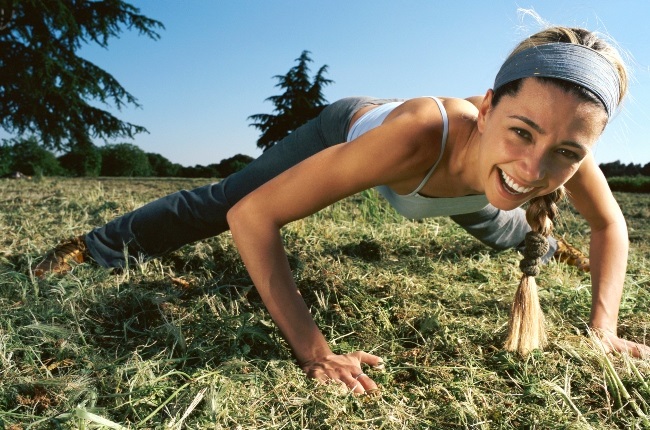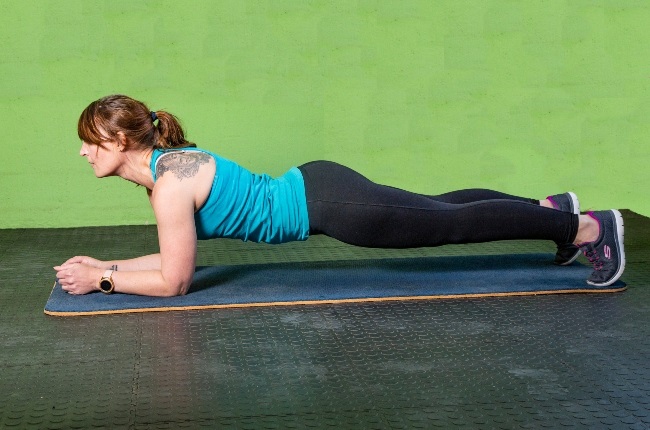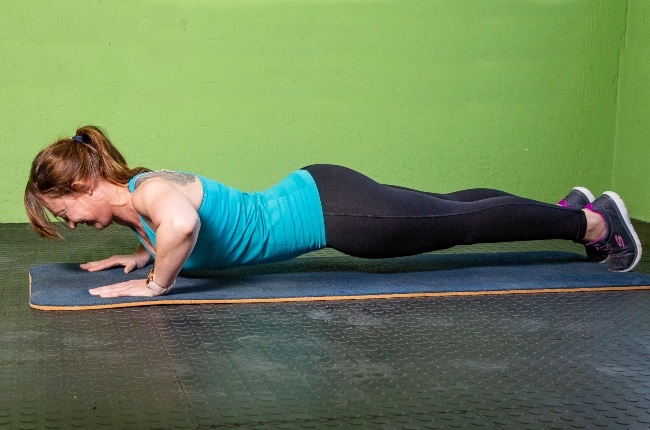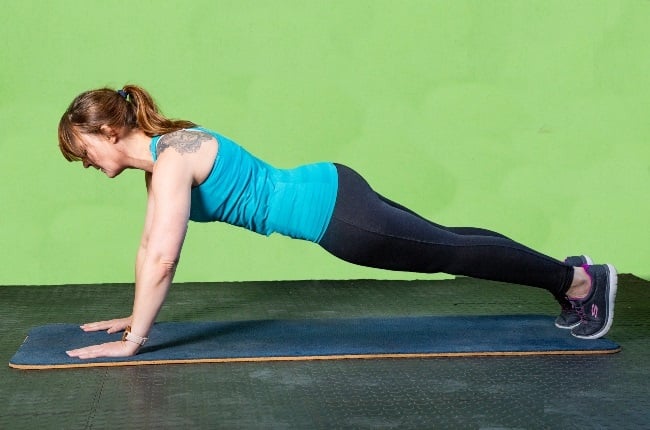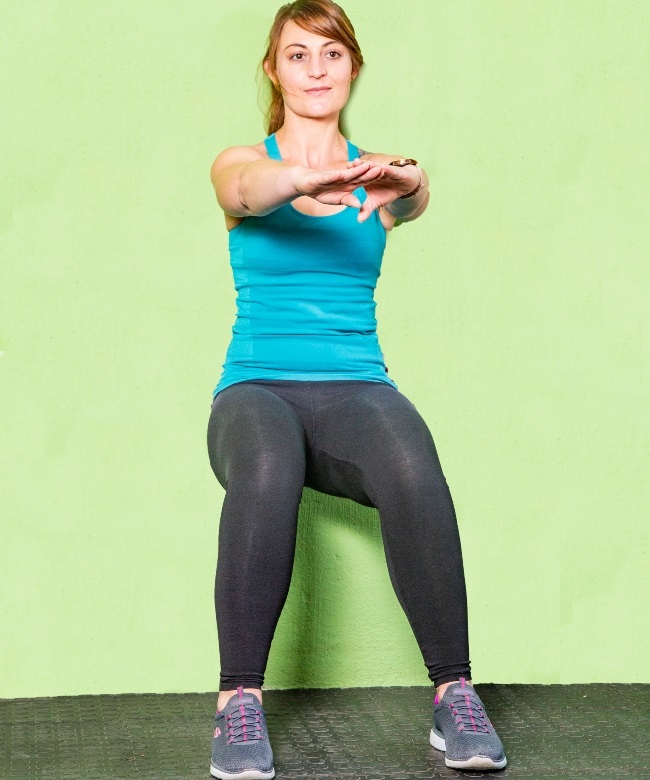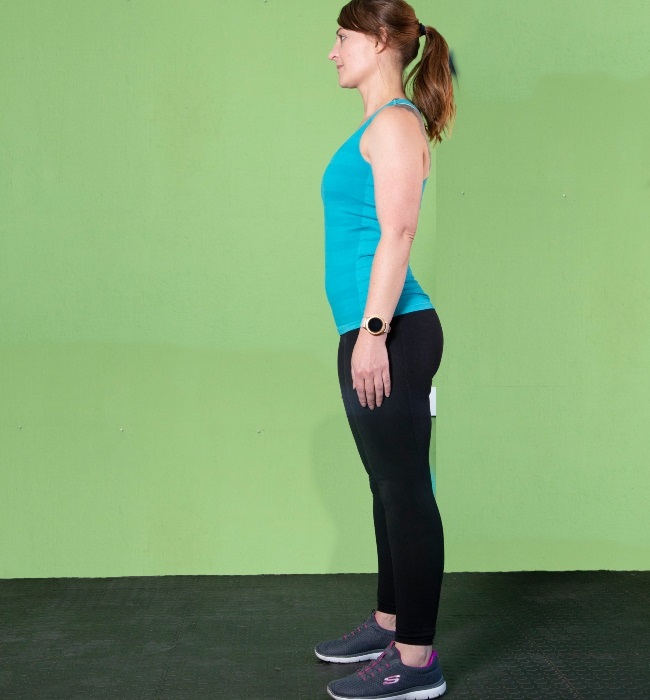
It's not easy to shake the pressure to be thin, but these days there are more and more fitness influencers who don’t have sculpted, toned physiques and rock-hard abs.
Instead they’re swinging kettleballs, on their yoga mats and doing power squats with flab around their tummies, thick thighs and cellulite – and it’s sparked a conversation about body ideals and what fit and healthy looks like.
Is it healthier to be overweight and fit rather than skinny and out of shape? And what does it actually mean to be fit?
What experts do seem to agree on is that weight is just one factor among many when it comes to health and fitness.
Physical fitness is about one’s ability to “meet the demands of daily living and perform moderate-to-vigorous activity for sustained periods,” says Professor Julia Goedecke, chief specialist scientist for the South African Medical Research Council.
WHAT ARE THE MARKERS OF FITNESS?
Physical fitness is a combination of cardiorespiratory fitness, muscular strength, muscular endurance, flexibility and body composition.
These are the things that determine how well you’re able to meet the demands of daily living, and also how well you handle more vigorous or strenuous activity.
While your body weight does come into play, it’s not the be all and end all.
You can get a basic idea of your own fitness by doing a series of tests at home but for an in-depth understanding of where you’re tracking you should consult a qualified personal trainer.
“You’ll be taken through a health screening to measure your heart rate and blood pressure before fitness tests are carried out,” says Sarah Ezzideen from the Health and Fitness Professionals Academy in Johannesburg.
You’ll then be tested for:
Endurance by performing as many reps as possible of a specific exercise, such as push-ups, sit-ups or squats, within a given time.
Strength by lifting a set weight for one round of reps, with the correct technique. Your result is then compared against an average.
Cardiorespiratory fitness by doing a walk or walk/run session on a treadmill for either a specified distance or time.
“This helps assess how efficient your body is at using oxygen during exercise,” Ezzideen explains.
Flexibility by doing sit-and-reach tests to assess how flexible your back and hamstrings are. Strength by lifting a set weight for one round of reps, with the correct technique. Your result is then compared against an average.
Body composition. This measures the relative amounts of muscle, fat, bone and water in your body. It’s done by using body fat calipers or a bio-electrical device. Body composition in particular shows why body weight on its own doesn’t mean much – two people can have the same body weight but different body fat percentages, and different lean muscle mass. You can also maintain the same weight but radically change the ratio of these components in your body.
SO WHAT’S UP WITH BMI?
Body Mass Index or BMI is a measure of body fatness based on your height and weight. It’s worked out by dividing your body weight in kilograms by your height in metres squared, and the healthy range is said to be 18,5 to 24,9. A BMI of 25 or more is regarded as overweight.
As is clear from the explanation about body composition, BMI is a very basic way of working out something that is complex and highly individual.
“On a population level it provides a good estimate of the incidence of overweight and obesity,” says Goedecke. “However, on an individual level, BMI does not perform very well.”
Things such as muscle mass, bone density or where exactly the fat is situated in the body, which can affect your BMI index, is not accounted for.
Buy your Saturday Night Fitness tickets before 30 April and you save R140 per ticket! Get yours here
“For example, a highly trained rugby player may have a BMI of 30 or more, indicative of obesity, but he may in fact have a very low body fat mass,” explains Goedecke. “This is because his large muscle mass is not accounted for in the equation.”
Instead of BMI, Goedecke suggests measuring your waist circumference as a better way to assess if you’re at a healthy weight.
Do it by measuring midway between your lower rib and the top of your hip bone when standing straight with your legs together. In women 80-88cm is considered a healthy range, Goedecke says, and in men it’s 94-102cm. However this is not a measure of fitness.
“Waist circumference is a better marker of cardiometabolic risk because fat around the stomach, particularly fat that’s located around the organs, is associated with a greater risk of diabetes and cardiovascular diseases,” she says.
A BETTER UNDERSTANDING OF FITNESS
“Instead of looking at a number on the scale, think about fitness and measure it in terms of your ability,” says Kelly McLennan, personal trainer and owner of Fit & Deadly Gym in Cape Town.
“If walking up the three flights of stairs is difficult for you, start there. Set yourself a goal of being able to climb those stairs with ease in a month’s time.”
Regular exercise can benefit your health in so many ways – it improves heart health, makes your bones stronger, makes you more flexible and improves your posture. The more exercise you do, the healthier you’ll look and feel.
“Whatever your fitness goals may be – weight loss, muscle gain, improving your mobility or simply enhancing your overall quality of life – respect your body and what it’s capable of,” says McLennan.
EMBRACE YOUR BODY
“Plus-size people often feel like they can’t be part of the wellness space,” says UK influencer Callie Thorpe, who’s behind the Confidence Corner page on Instagram.
“We are trolled for being fat, then can feel excluded from exercise because our bodies don’t fit the narrative.
“I realised the importance of focusing on my mental health and addressing issues with my anxiety and finding ways to take care of myself.”
Are you exercising to look different? If so, maybe it’s time to shift your perspective. Instead of stressing about your thick thighs or flabby arms – which is all about criticising (even hating) yourself – rather focus on what your body can do, which comes from a place of acceptance and self-love.
TIP: ‘Instead of looking at a number on the scale, think about fitness and measure it in terms of your ABILITY’ - Personal trainer, Kelly McLennan
HOW FIT ARE YOU?
Here’s a simple test you can do to get an idea of what your fitness level is. You can also do it periodically to monitor your progress if you exercise regularly.
1km time test: run for 1km on an even surface. Write down your time.
- 10 minutes or more - 0
- 8-10 minutes - 1
- 6-8 minutes - 2
- 4-6 minutes - 3
- Score:
Core test: see how long you can stay in a plank position. Get into an elbow plank position. Keep your stomach and bum muscles flexed, elbows directly beneath your shoulders. Then do the following:
A - Hold the position for 60 seconds.
B - Lift your right arm for 15 seconds.
C - Bring your right arm down and lift your left arm for 15 seconds.
D - Bring your left arm down and lift your right leg for 15 seconds.
E - Switch legs, lifting your left leg for 15 seconds.
F - Lift your left leg and right arm simultaneously for 15 seconds.
G - Switch, lifting your right leg and left arm simultaneously for 15 seconds.
H - Return to the original plank position and hold for 30 seconds.
How long did you last?
- 21-60 seconds - 1
- 61-150 seconds - 2
- 151 seconds or more - 3
- Score:
Upper body strength test: do as many push-ups as you can in 1 minute. Get into a high plank position so that your body is a straight line from your shoulders to your ankles, with your wrists directly beneath your shoulders. Lower your body until there’s a fist-sized space between your chest and the floor, then push up into your original position. Repeat.
How many did you do?
- 10 or less - 1
- 11-20 - 2
- 21 or more - 3
- Score:
Wall squat: see how long you can maintain this position. Stand with your back against a wall and lower yourself into a sitting position – your knees must be directly above your feet, so at a 90-degreeangle. See how long you can hold this position.
How long did you last?
- 30 seconds or less - 1
- 30-45 seconds - 2
- 45 seconds or more - 3
- Score:
Suppleness test: see if you can touch the floor. Stand with your feet slightly wider apart than your hips, keeping your legs straight. Bending at the hips, try to touch the floor with your fingers.
How far could you go?
- Touch your shins - 0
- Touch the floor with your fingertips - 1
- Touch the floor with your fists - 2
- Palms flat on the floor - 3
- Score:
HOW DID YOU SCORE?
Add your score for each test, then see what the total says about your fitness level.
- 0-8 = Beginner
- 9-12 = Intermediate
- 13 or more = Advanced




 Publications
Publications
 Partners
Partners






